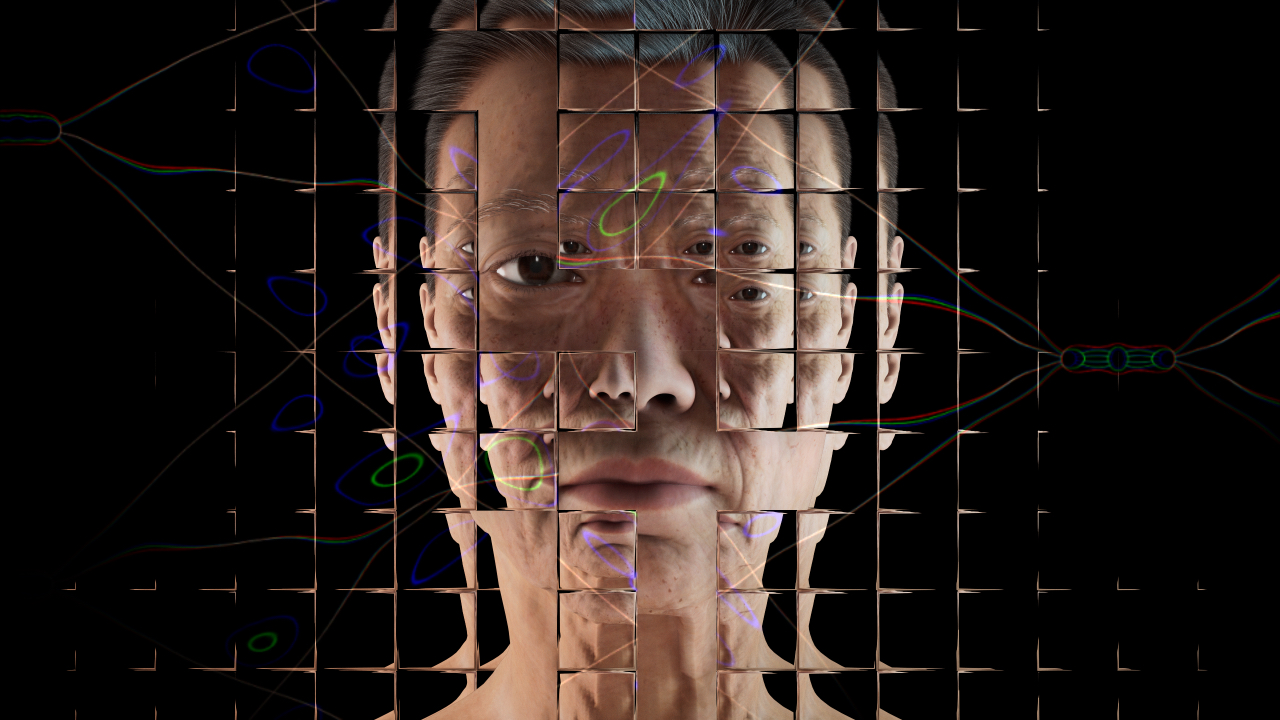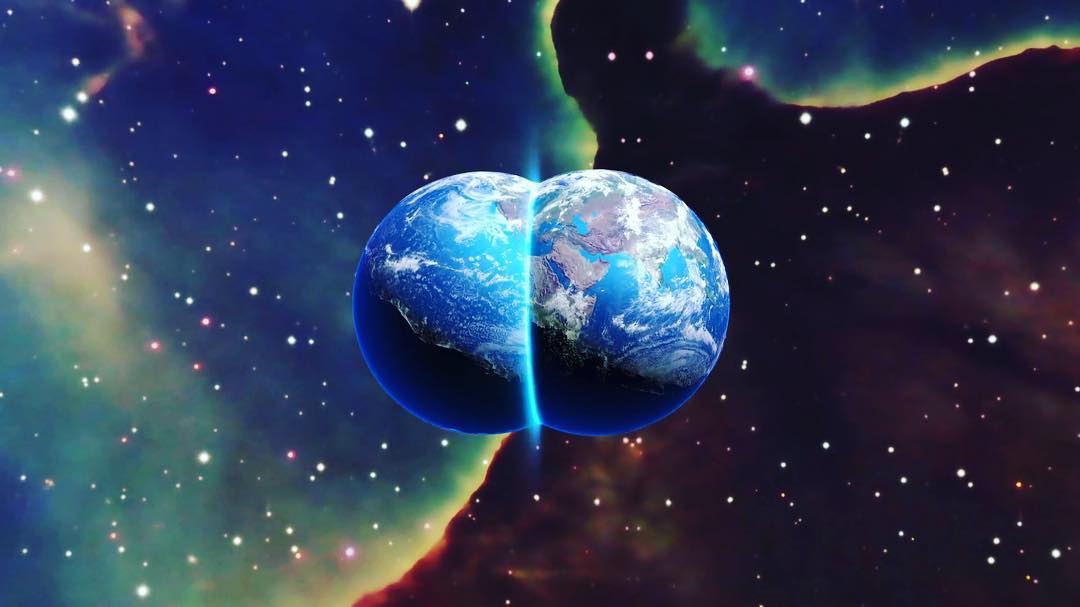
Pakyong, November 7 : With the rise of artificial intelligence (AI)-generated deceptive videos, the recent circulation of a deepfake video featuring Bollywood actress Rashmika Mandanna on social media has highlighted the growing concern over AI misuse. This not only poses a threat to public figures but also to ordinary internet users.
Deepfake videos, which employ AI to replace faces or manipulate video content, can make it exceedingly challenging to discern reality from illusion.
Understanding Deepfakes
Deepfakes are counterfeit videos created by digitally substituting one person’s face with another’s, using advanced computer techniques. These deceptive images are crafted using a form of artificial intelligence known as deep learning, which is why they are called “deepfakes.”
AI-generated fake content is designed to mimic the appearance of authentic individuals, even though it is entirely fabricated. Deepfake technology can produce fictitious photos, morphed videos, or even imitate voices. These manipulations often involve altering existing content, such as images or videos.
Moreover, deepfake technology can be employed to produce entirely original content where an individual appears to be doing or saying something they never did or said. Identifying deepfake videos is a formidable task, given that the underlying technology continues to advance.
Here are some straightforward tips to assist you in recognizing a deepfake:
– Scrutinize for unusual facial movements and expressions in AI-generated fake videos.
– Deepfakes might appear unnatural due to awkward postures, unusual body proportions, or atypical movements.
– Pay close attention to discrepancies between the audio and the person’s lip movements.
– Evaluate whether the video aligns with the person’s typical behavior and characteristics.
– Verify the source’s credibility and trustworthiness.
– Look for any signs of peculiar blurring or distortions in the video.
– When available, use deepfake detection tools to assist in identification.
– Stay informed about the latest developments in deepfake technology.
To safeguard against the potential threats posed by deepfakes, it is advisable to minimize the extent of personal information shared online. Avoid sharing photos or videos on the internet that could be exploited for the creation of deepfakes. Individuals concerned about their personal data should consider converting their Instagram accounts from public to private mode, thereby enhancing their online privacy.





